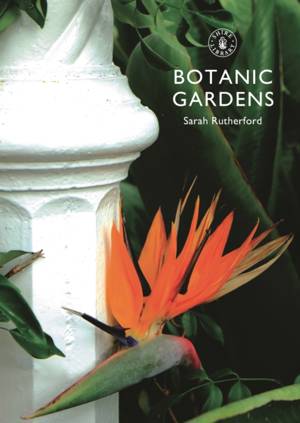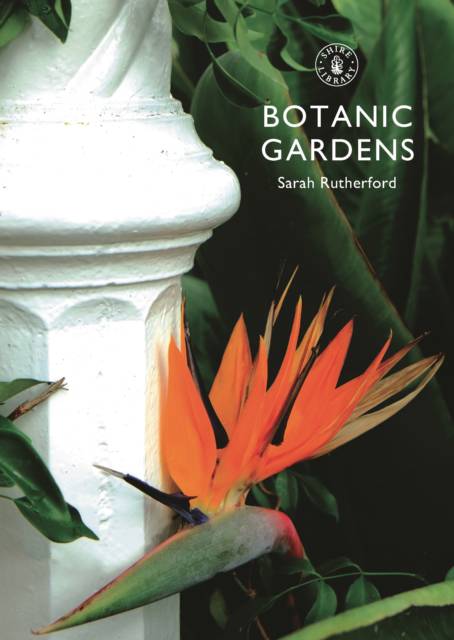
- Afhalen na 1 uur in een winkel met voorraad
- Gratis thuislevering in België vanaf € 30
- Ruim aanbod met 7 miljoen producten
- Afhalen na 1 uur in een winkel met voorraad
- Gratis thuislevering in België vanaf € 30
- Ruim aanbod met 7 miljoen producten
Zoeken
Omschrijving
Across the world there are more than a thousand botanical gardens, which combine scientific research, conservation and beauty with public access - Kew Gardens alone attracts around one million visitors a year. Their uses have varied through history - they might focus on cultivating exotic plants and produce; be honed to commercial ends (introducing lucrative plant crops such as tea and rubber to new countries); center on preserving collections of international plants; focus on scientific classification and research - or combine of all these things. Sarah Rutherford here tells the story of these diverse gardens in Britain and around the world, from their beginnings in the sixteenth century to their long heyday in the last three hundred years. She explains the design of the gardens, the architecture employed, the personalities and institutions that established and contributed to them, their important role in research and conservation, and what makes them so appealing to the millions of visitors they attract.
Specificaties
Betrokkenen
- Auteur(s):
- Uitgeverij:
Inhoud
- Aantal bladzijden:
- 64
- Taal:
- Engels
- Reeks:
- Reeksnummer:
- nr. 807
Eigenschappen
- Productcode (EAN):
- 9780747814443
- Verschijningsdatum:
- 17/02/2015
- Uitvoering:
- Paperback
- Formaat:
- Trade paperback (VS)
- Afmetingen:
- 147 mm x 206 mm
- Gewicht:
- 136 g

Alleen bij Standaard Boekhandel
+ 26 punten op je klantenkaart van Standaard Boekhandel
Beoordelingen
We publiceren alleen reviews die voldoen aan de voorwaarden voor reviews. Bekijk onze voorwaarden voor reviews.











